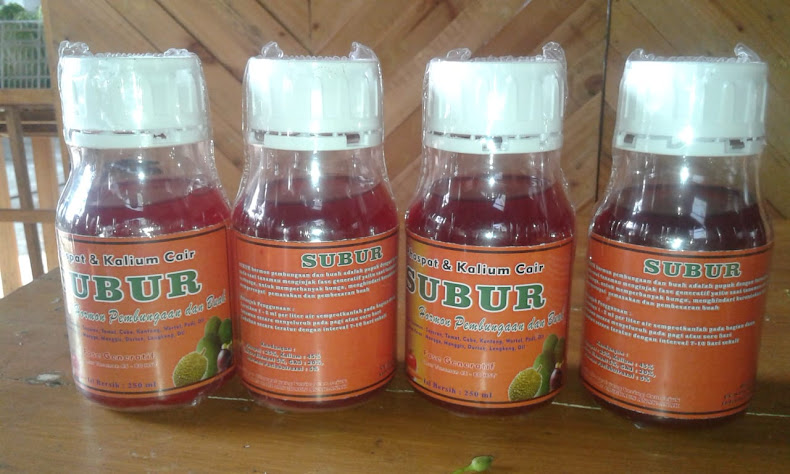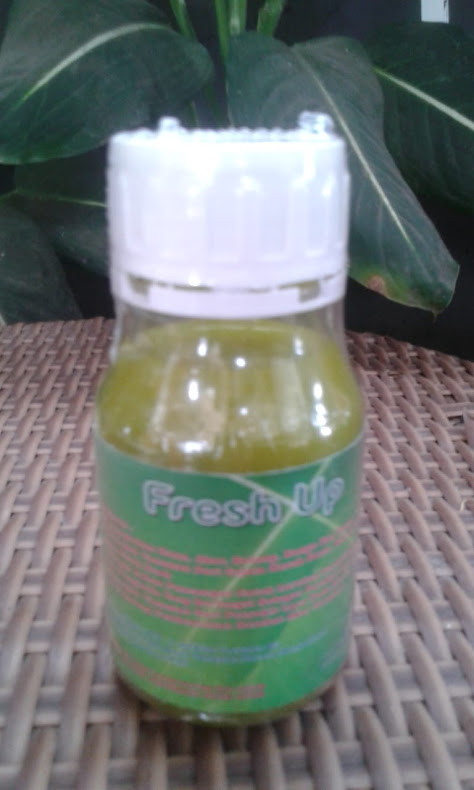Healthy with Fruits and Vegetables Recipes.Sharing all things related to health, fruits, herbs and vegetables. Traditional and Modern recipes, how to manufacture and maintain health naturally.Health is more valuable than treasures
Pomegranate is among the most popular, nutritionally rich fruit with unique flavor, taste, and heath promoting characteristics. Along with berries, and some tropical exotics such as mango, it too has novel qualities of functional foods often called as “super fruits.”
Botanically, it is a small size fruit-bearing deciduous tree belonging within the Lythraceae family, of genus: Punica. The fruit is thought to originate in the Sub-Himalayan range of North India. Scientific name: Punica granatum.
The tree grows to about five and eight meters tall. It is cultivated at a commercial scale in vast regions across Indian sub-continent, Iran, Caucuses and Mediterranean regions for its fruits. Completely grown-up tree bears numerous spherical, bright red, purple, or orange-yellow colored fruits depending on the cultivar types. Each fruit measures about 6-10 cm in diameter and weighs about 200 gm. Its outer skin or rind is tough and features leathery texture.
Interior of the fruit is separated by white, thin, spongy, membranous, bitter tissue into compartments. Such sections, packed as sacs, filled with tiny edible sweet, juicy, pink pulp encasing around a single, angular, soft or hard (in over-mature fruits) seed.
Pomegranate is one of the most extensively cultivated fruits for food, juice, flavor, and color, making it a common ingredient in new functional foods often called “super fruits."
The fruit is moderate in calories; 100 g provides 83 calories, slightly more than that in the apples. It contains no cholesterol or saturated fats.
It is rich source of soluble and insoluble dietary fibers, providing about 4 g per 100 g (about 12% of RDA), which aid in smooth digestive and bowel movements. The fruit is suggested by nutritionists in the diet for weight reduction and cholesterol controlling programs. Regular inclusion of fruits in the diets boosts immunity, improves circulation, and offers protection from cancers.
Punicalagin is a polyphenolic anti-oxidant compound found abundantly in the pomegranate juice. Studies suggest that punicalagin and tannins are effective in reducing heart-disease risk factors by scavenging harmful free radicals from the body.
Total antioxidant strength of pomegranate fruit measured in terms of its oxygen radical absorbance capacity (ORAC) is 2341 µmol TE/100 g.
The fruit is an also good source of antioxidant vitamin-C, provides about 17% per 100 g of daily requirement. Consumption of fruits rich in vitamin C helps the body develop resistance against infectious agents by boosting immunity.
Regular consumption of pomegranate has also been found to be effective against prostate cancer, benign prostatic hyperplasia (BPH), diabetes, and lymphoma.
Further, it is an also good source of many vital B-complex groups of vitamins such as pantothenic acid (vitamin B-5), folates, pyridoxine and vitamin K, and minerals like calcium, copper, potassium, and manganese.
See the table below for in depth analysis of nutrients:
Pomegranate (Punica granatum), Fresh,
ORAC value 2341 µmol TE/100 g. Nutrition value per 100 g.
(Source: USDA National Nutrient data base)PrincipleNutrient ValuePercentage of RDA
World’s best pomegranates are grown in the southern states of Afghanistan in Kandahar, Balkh, Helmand, and Nimruz provinces.
The pomegranate fruit is judged ripe when it develops distinctive color and sound metallic when tapped by the finger. Fruits must be picked before over maturity otherwise, the seeds become hard, inedible, and the whole fruit tends to crack open.
In the store, choose pomegranates that have smooth skin, free from any bruises, cuts or mold. At home, store the fruits in cool dark place at room temperature for 5-8 days or more. In general, they have a long shelf life. You can also place them inside the refrigerator for a couple of weeks.
Wash pomegranate fruit in cold water or rinse in tepid water to bring to normal temperature if kept in the cold storage.

To experience its rich flavor, eat fresh fruit as it is without adding anything. Generally, the fruit is eaten out of hand by making superficial vertical incisions on the tough skin and then breaking it apart. Clusters of juice sacs are lifted out, and the white membrane, pith, and rinds are separated from the arils. Separating its juicy, delicate arils is simplified by performing this task in a bowl of cold water, whereby its seeds settle down at the bottom and pulp float. Remove water and gently pat dry seeds.
Arils also make an attractive garnish when sprinkled on salads and dishes.
Here are some serving tips:
Fresh fruits make fantastic refreshing juice.
Pomegranate juice can be used in soups, jellies, sorbets, sauces as well as to flavor cakes, baked apples.
It is used in the preparation of traditional Persian recipes such as fesenjan, made from pomegranate juice and ground walnuts; rice pilaf, and delicious ash-e-anar soup.
Pomegranate concentrate is a popular item used in the Middle Eastern and Mediterranean recipes. The juice is concentrated to about 250% stronger, and when added in cooking, gives unique flavor and intense sweet taste.<<-Back to Fruit nutrition from Pomegranate. Visit here for an impressive list of all variety of fruits with complete illustrations of their nutrition facts and health benefits.
<<-Back to Home page.
Click here to visit very informative pages on:-

![]() ^ Back to TOP
^ Back to TOP
 Google Blogger
Google Blogger

 Posted in:
Posted in: 










0 comments:
Post a Comment